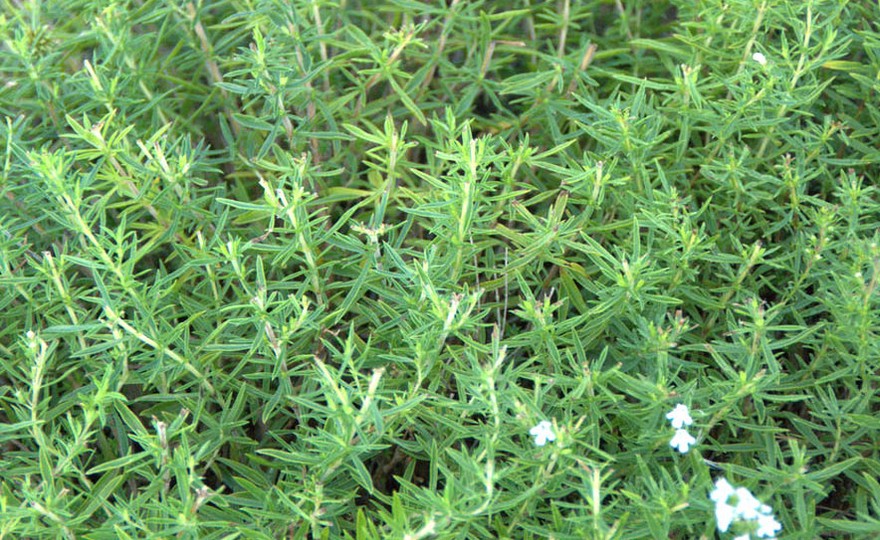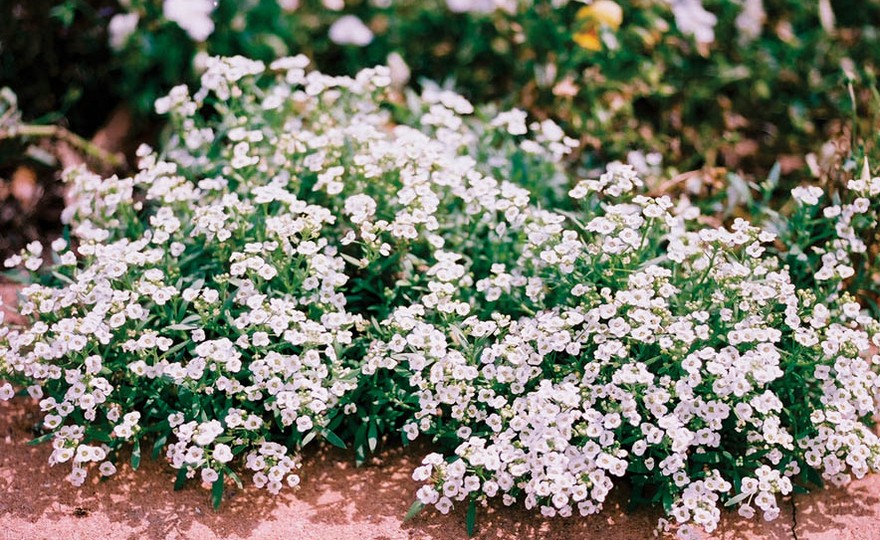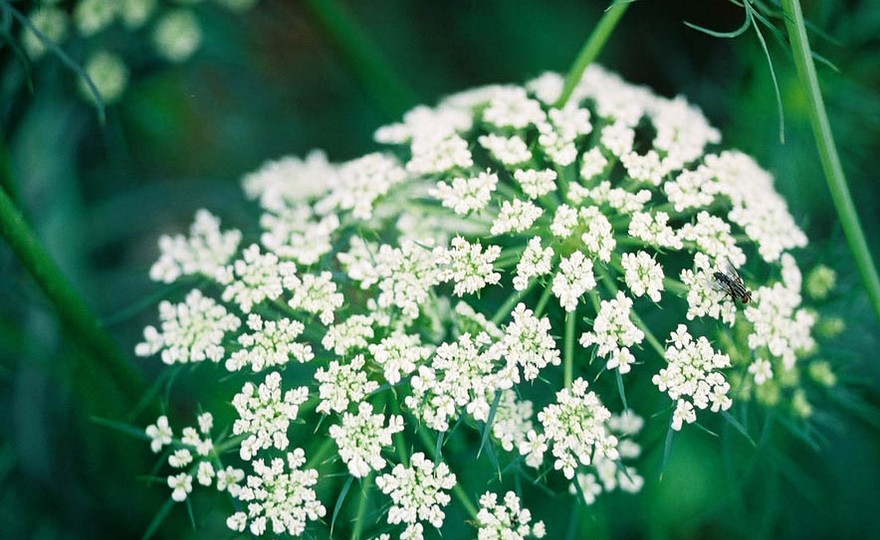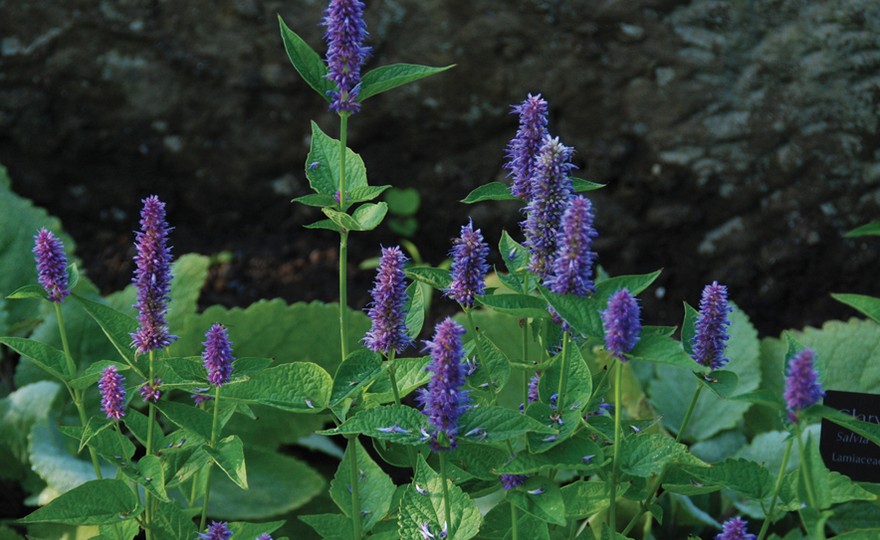
Herb, Summer Savory
-
- **SOLD OUT** HOLIDAY GIFTS **SOLD OUT**
- **SOLD OUT** Holiday Books **SOLD OUT**
- **SOLD OUT** Holiday Citrus **SOLD OUT**
- **SOLD OUT** Holiday Gift Certificates **SOLD OUT**
- **SOLD OUT** Holiday Paperwhites **SOLD OUT**
- **SOLD OUT** Holiday Praying Mantis Kits **SOLD OUT**
- **SOLD OUT** Holiday Tools **SOLD OUT**
- **SOLD OUT** Holiday Wildflower Mixtures **SOLD OUT**
- Citrus Trees
- **SOLD OUT** - Vegetable and Herb Plants - Mix & Match any 6 Plants for $50 - Only Shipped in Quantities of 6
- Elephant Ear Plants & Roots
- **SOLD OUT** 4-Inch Pot Herb Plants **SOLD OUT**
- Rare Plants
- **SOLD OUT** Vining Plants **SOLD OUT**
- Asian Seeds
- Beneficial Bugs
- Books
- Citrus Fertilizers
- Cold-Treated Bulbs - SEE BULBS FOR FALL PLANTING TO ORDER
- Cold-Treated Allium
- Cold-Treated Chionodoxa
- Cold-Treated Crocus
- Cold-Treated Hyacinthoides
- Cold-Treated Hyacinthus Orientalis
- Cold-Treated Narcissus
- Cold-Treated Cyclamineus Narcissus
- Cold-Treated Double Heirloom Narcissus
- Cold-Treated Jonquilla Narcissus
- Cold-Treated Large Cupped Narcissus
- Cold-Treated Poeticus Narcissus
- Cold-Treated Small Cupped Narcissus
- Cold-Treated Species Miniature Narcissus
- Cold-Treated Split Cupped Narcissus
- Cold-Treated Tazetta Narcissus
- Cold-Treated Triandus Narcissus
- Cold-Treated Trumpet Daffodils
- Cold-Treated Ornithogalum
- Cold-Treated Rock Garden Iris
- Cold-Treated Scilla
- Cold-Treated Tulips
- Cold-Treated Emperor Tulips
- Cold-Treated Fringed Tulips
- Cold-Treated Green or Viridiflora Tulips
- Cold-Treated Lily Flowering Tulips
- Cold-Treated Parrot Tulips
- Cold-Treated Peony Flowering Tulips
- Cold-Treated Single Early Tulips
- Cold-Treated Single Late Tulips
- Cold-Treated Species Tulips
- Cold-Treated Triumph Tulips
- Flower Bulbs, Corms and Tubers
- Bulbs for Spring Planting
- Bulbs for Fall Planting - ALL BULBS AVAILABLE ARE COLD TREATED FOR PLANTING AS SOON AS SOIL CAN BE WORKED
- Fall Blooming Bulbs
- Garden Tools & Equipment
- Gift Certificates
- HHH Exclusive Wildflower Mixtures
- Wildflower Mixtures
- Heirloom Garlic
- Potatoes
- Roots & Sets
- Seeds
- Flowers
- Herbs
- Vegetables
- **SOLD OUT** HOLIDAY GIFTS **SOLD OUT**
-
- No products to compare
-
75 in stock
Quick Overview
HERB, Summer Savory –
Satureja hortensis
FULL SUN Native to the Mediterranean region, Summer Savory has been an important culinary herb for the cultures of the Western Hemisphere for thousands of years. It was brought to the US with the earliest colonists in the 1600s. The leaves of the 12-18 in. plants add a peppery thyme flavor to most foods and enhance the taste greatly. Plant as soon as the ground can be worked in the spring and the danger of frost has passed. Rows should be 12 in. apart.
When seedlings are 2 in. high, thin, leaving 10 in. between plants.
| Type | Spacing | Planting Depth | Days to Germination | Maturity |
| Annual | 10 in. | 1/2 in. | 7-10 | 75 |

Herb, Summer Savory
There are 2 savories. Winter Savory is a perennial, woody, low growing shrub. Summer Savory is a bushy, taller plant. In all other aspects, the two Savories are nearly identical. Harvesting History sells Summer Savory. The Savories were the primary culinary herbs in Europe until world exploration and trade brought tropical spices. Savory could be described as the “Universal Herb”. The plant’s flavor enhances many different foods including shell beans, lentils, snap beans, rutabagas, peas, asparagus, parsnips, salsify, Brussel sprouts and eggplants. The Romans used it to make exotic vinegars. The Italians and Saxons used the herb extensively.
Summer Savory is a great pollinator plant. The poet, Virgil, recommended planting Savory near beehives. It is attractive to bees and the resulting honey has a lovely flavor. Butterflies and other beneficial insects are attracted to Summer Savory as well.
Summer Savory is also an excellent companion plant. It enhances the growth of nearly every vegetable and/or herb when planted next to them. It is not detrimental to any flower, vegetable or herb. With its ability to enhance the flavor of many vegetables, to attract beneficial pollinating insects and to act as a nourishing companion plant, Savory truly is a “Universal Herb”.







